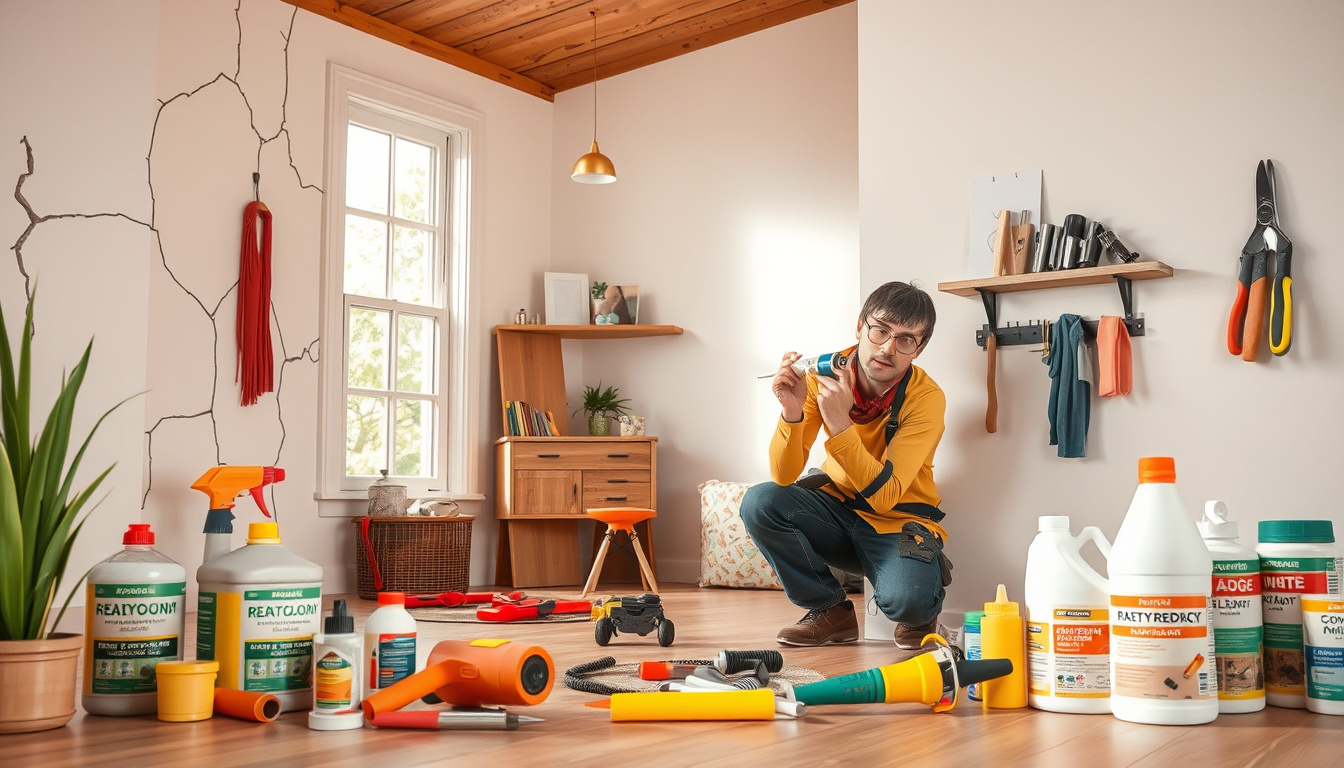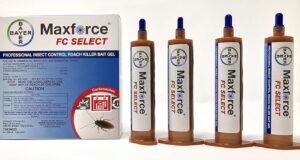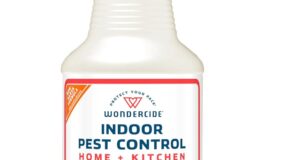
Cracks in your home are not just unsightly. They can grow and harm your house if you do not fix them quickly. Whether a small crack or one in the foundation, sealing them well keeps your home safe and pleasant.
In this guide we show how to seal cracks. We give you clear steps for different cracks. We also share hints so your repair will last a long time.
Why Sealing Cracks is Important
Sealing cracks stops problems:
- Water can seep through a crack. This seepage may create mold and hurt your house.
- Sealed cracks help keep air inside your home. This saves money on heat and air costs.
- Cracks can make your home look worn out. Filling them makes your house look neat.
- Sealing cracks helps keep your home strong. This care stops high repair prices later.
Types of Cracks and How to Seal Them
1. Wall Cracks
For hairline cracks, try painting or using spackle:
- Clean the crack with a brush. Remove dust and debris.
- Fill the crack with spackle using a knife. Smooth the spackle.
- Let it dry. Then sand it and paint over it.
For cracks wider than a quarter-inch, use a stronger filler:
- Widen the crack by cutting it in a V-shape. This helps the filler hold.
- Pack the filler into the crack. Use a knife to press it in firmly.
- Let it dry well. Then sand and paint the wall.
2. Concrete Cracks
For shrinkage cracks, use a patching mix:
- Clean loose concrete from the area.
- Mix the patching compound as directed. Fill the crack and smooth it with a trowel.
- Give the repair time to dry as the instructions say.
For cracks from movement, use a polyurethane sealant:
- Clear and widen the crack if needed.
- Push the sealant into the crack. Smooth the surface after.
- Change the surface if you need to match the rest of the concrete.
3. Foundation Cracks
Cracks in the base of your house can be serious. If you see horizontal cracks, ask a professional. For vertical or diagonal cracks:
- Look at the crack closely.
- Pour epoxy into the crack to fill it.
- Watch the crack over time for any changes.
Tips for a Good Crack Seal
• Pick the right material for each crack.
• Clean the area well before you work.
• Let the repair dry or cure for a long time.
• Check your home on a regular basis for new cracks, especially after big storms.
Conclusion
Sealing cracks is a key part of home care. With the right tools and care, you can seal cracks to stop damage. Follow these steps to improve how your home looks and holds up. Keep checking your home so that it stays safe and neat. Start sealing cracks today, and keep your home a safe and welcoming place for many years.




